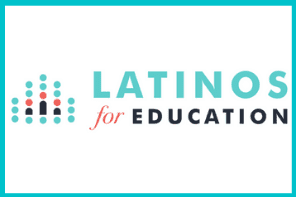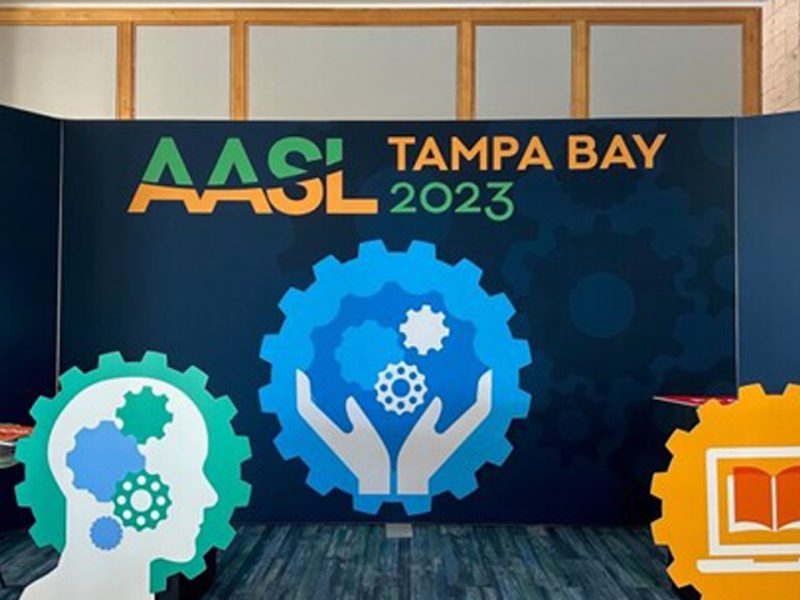National Education Principles: Tackling the Teacher-Student Diversity Gap — What Happens When We Only Provide Windows
Latinos for Education | by Jessica Camacho | August 25, 2020
*Editor’s Note: Latinos for Education does not endorse candidates for elected office. Publication of this blog post does not indicate an endorsement of any candidate.
According to the National Center for Education Statistics (NCES), in 2017-18, 79 percent of all public school teachers identified as white. At the same time, the percentage of non-white students in public schools was 52 percent.
Our teachers do not mirror the student population they are serving. This discrepancy — known as the teacher-student diversity gap — has been the norm, and is projected to grow.
What is happening?
Review any demographics report from the past 20 years and the conversation focuses on the changing ethnic composition of the U.S.
There are more BIPOC students entering the world, and our public schools. What have we done in response–as a community, as a society, as voters, as educators, as parents, as educational advocates–to this change? The short answer is not enough.
Despite Civil Rights legislation passed more than 50 years ago, which afforded newfound protections and opportunities to BIPOC communities, a teacher of color remains elusive. In 2018 Latinx students were nearly a quarter of the student population, and Latinx teachers were 8 percent of all teachers.
Let me also share that as a child, growing up in Southern California, I had no BIPOC teachers in K-5. I can recall only a single teacher of color in middle school and a single teacher of color in high school. And this is not an anomaly, the Center for American Progress documented in 2018 that California, despite having one of the largest Latinx populations of any state, has one of the widest Latinx teacher-student diversity gaps in the country. This has been, at the very least, a trend for 30 years.
Where are the Latinx teachers?
In order for a professional to reach the classroom, one must graduate from high school. According to EdWeek’s tally of graduation rates for 2018, Latinx students had a graduation rate of 80 percent. This graduation rate has increased, just as other groups and the national rate has increased; nevertheless, it remains behind the national rate (85%) and behind our white (89%) and Asian (91%) peers.
As for those Latinx students who do graduate high school, enrollment in secondary programs has been rapidly increasing, but graduation and completion have not achieved the same positive pace.
Is a college experience without a diploma valuable? Arguably, yes. The exposure to another educational opportunity — classwork, discussions, network — is invaluable, but the point is degree attainment. The graduation rate among Latinx students, to earn a Bachelor’s degree, within six years, is 60 percent for private nonprofit universities and 50 percent for public universities.
We lost 20% of our future workers and innovators in high school. Of the ones that went to college, we lost another half, on average. This is the teacher pipeline. We lost them before they even had the opportunity to step into a classroom.
But, what happens if they graduate, if they go through the credentialing process, if they make it into a classroom? Nationally, regardless of ethnicity, 44 percent of new teachers leave the profession within five years.
For a variety of reasons, the profession is unattractive to our best and brightest, and once we have some of the best and brightest, we do not nurture their development, recognize their contributions, or allow them the same professional autonomy afforded in other highly-skilled professions. But the national teacher attrition rate is an overall average; once delineated, the rate at which teachers of color leave the profession is a full 20 percent higher than their white counterparts.
At every interval of the pipeline, from the K-12 system, as students, and as those entering the education sector, talent is being siphoned. There are leaks and cracks, even chasms, where potential is lost.
Why is this important?
All children deserve to see themselves in a position of leadership. BIPOC teachers are role models to everyone, but particularly to students of color who share their background. These teachers allow students of color to see themselves as educated, as capable, as future educators — every day. That can translate into even more teacher diversity–which means not just closing the teacher-student diversity gap, but filling a critical need for teachers in general.
Additionally, research has shown that ALL students benefit, enjoy, and even prefer teachers of color. While far from a monolith, even within groups and categories, there is a degree of commonality, a sort of unifying experience, of growing up in a world and society that is racist, and being on the receiving end of that racism. That perspective, those experiences, provide added insights and tools for teachers of color to use in the classroom.
Great teachers know how to connect with their students — some of them can naturally connect through shared experience, some of them will have to learn how to connect with their students.
I signed Latinos For Education’s National Education Principles, and I joined the alliance. I did so, not just because I believed in the entirety of the mission–I was drawn to its second principle: increased representation of Latinx education leaders.
There is a teacher-student diversity gap in our nation. The Latinx community represents the largest ethnic minority group in the country, and the numbers are growing — except they are not growing in the education sector. In fact, the widest teacher-student diversity gap exists for Latinx students — even in states with a large population of Latinx individuals, the gap persists.
In the world of teaching and literacy, there is a research-based term and practice known as mirrors and windows. The idea is that every child, and by extension every adult, needs to see both people like them, and people not like them, as the hero. So, I must ask: What will you do to ensure there’s a hero for Latinx students?
The teacher-student diversity gap is not a commentary on the profession or the work of millions of great teachers across the country. Rather it is a data point. A point of analysis for all of us to explore further. A point begging us to ask: if we only provide windows, what vision are we denying?
I’m Latinx, I’m an educator, and I’m running for the San Bernardino County Board of Education. I’m running not just to advocate for all students, not just to share my educational expertise, I’m running because we need Latinx individuals in every level of the education landscape, providing their expertise to their colleagues, and a mirror (or window) to the next generation.
The National Education Principles and the work of Latinos for Education seeks to provide mirrors and windows — in classrooms, in schools, in every tier of educational leadership. Will you join me and the alliance? Will you make sure we have mirrors for 20 million students across the nation?






